Category: Printed Circuit Board
-
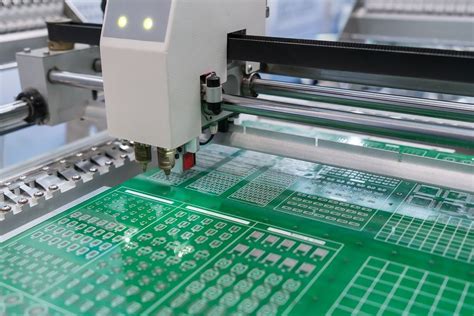
The Many Benefits of Additive Process in PCB Manufacturing
•
Introduction to Additive PCB Manufacturing Printed circuit board (PCB) manufacturing has evolved significantly over the years, with new technologies and processes being developed to improve efficiency, reduce costs, and enhance product quality. One such process that has gained popularity in recent years is additive PCB manufacturing. Additive PCB manufacturing, also…
-
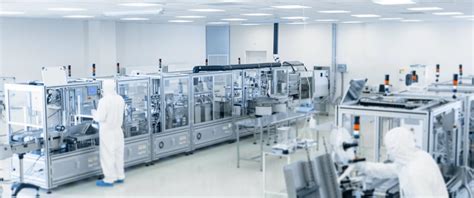
Sub-25 Micron Traces with Averatek ASAP Technology
•
Introduction to Averatek ASAP Technology Averatek ASAP (Advanced Semi-Additive Process) is a revolutionary technology that enables the manufacturing of high-density interconnects with trace widths and spaces below 25 microns. This innovative process is transforming the electronics industry by allowing the creation of smaller, faster, and more efficient electronic devices. In…
-
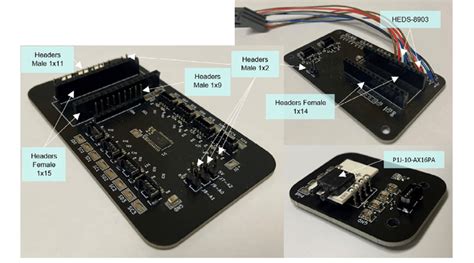
Simple Documentation for Hand PCB Assembly
•
Introduction to Hand PCB Assembly Hand PCB assembly, also known as manual PCB assembly or through-hole PCB assembly, is the process of manually soldering electronic components onto a printed circuit board (PCB). This method is often used for low-volume production, prototypes, or when dealing with components that cannot be machine-placed.…
-

How to Design for Test in Embedded Systems
•
Introduction to Design-for-Test (DFT) in Embedded Systems Design-for-Test (DFT) is a crucial aspect of embedded system design that focuses on incorporating testability features into the system from the early stages of development. By employing DFT techniques, designers can ensure that their embedded systems are easily testable, maintainable, and reliable throughout…
-
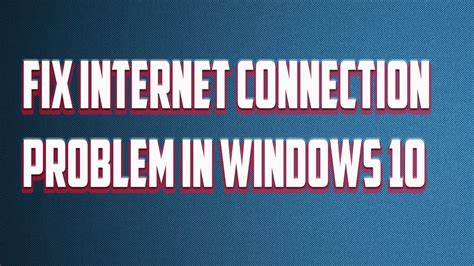
Top 3 Multi-Board PCB Connectivity Errors
•
1. Misaligned or Improperly Seated Connectors One of the most frequent PCB connectivity errors in multi-board systems is misaligned or improperly seated connectors. This issue can arise due to various factors, such as: Manufacturing tolerances Incorrect connector placement during assembly Mechanical stress or vibration during operation Causes of Misaligned or…
-
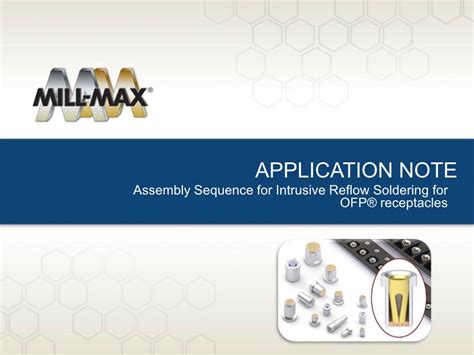
When Should You Use Intrusive Soldering?
•
What is Intrusive Soldering? Intrusive soldering, also known as through-hole soldering, is a technique used in electronics manufacturing where electronic components are soldered directly onto a printed circuit board (PCB) by inserting their leads through holes drilled in the board. This method of soldering has been widely used for decades…
-
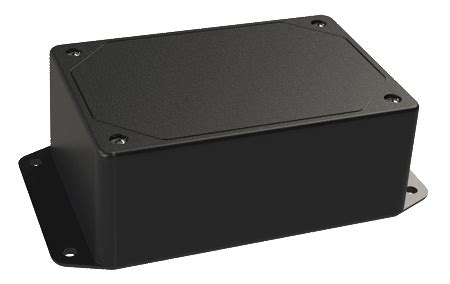
What Makes a PCB Enclosure Rugged?
•
Introduction to Rugged PCB Enclosures In today’s world, electronic devices are exposed to various environmental challenges, such as extreme temperatures, moisture, dust, and physical impact. To ensure the reliable operation and longevity of these devices, it is crucial to protect the sensitive printed circuit boards (PCBs) within them. This is…
-
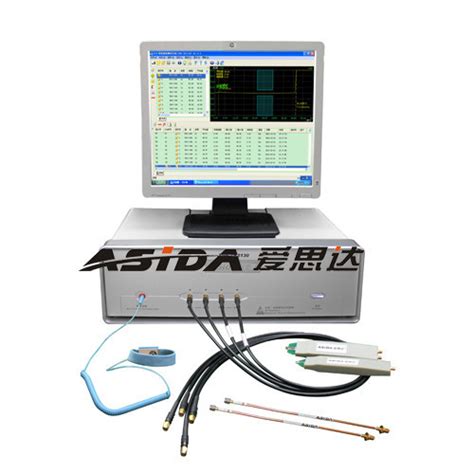
Beginner’s Essential Equipment for PCB Testing
•
Introduction to PCB Testing Printed circuit board (PCB) testing is a crucial step in the electronics manufacturing process to ensure the quality, reliability, and functionality of the final product. Whether you are a hobbyist or a professional, having the right PCB testing equipment is essential for identifying and resolving issues…
-
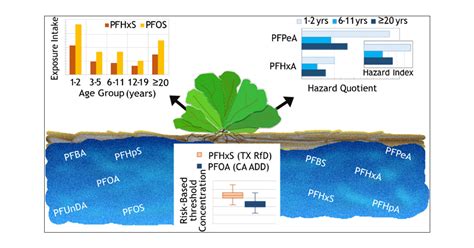
How an EU PFAS Ban Will Affect Your PCBs
•
Introduction to PFAS and PCBs Per- and polyfluoroalkyl substances (PFAS) are a group of over 4,000 man-made chemicals that have been used in various industries since the 1940s. These chemicals are known for their unique properties, such as water and oil repellency, temperature resistance, and friction reduction. PFAS have been…
-
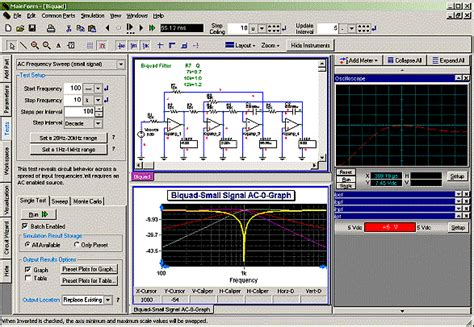
Mastering SPICE Simulation in Altium Designer
•
Introduction to SPICE Simulation SPICE (Simulation Program with Integrated Circuit Emphasis) is a powerful simulation tool used in the design and analysis of electronic circuits. It allows engineers and designers to predict the behavior of a circuit before physically building it, saving time and resources. Altium Designer, a popular PCB…